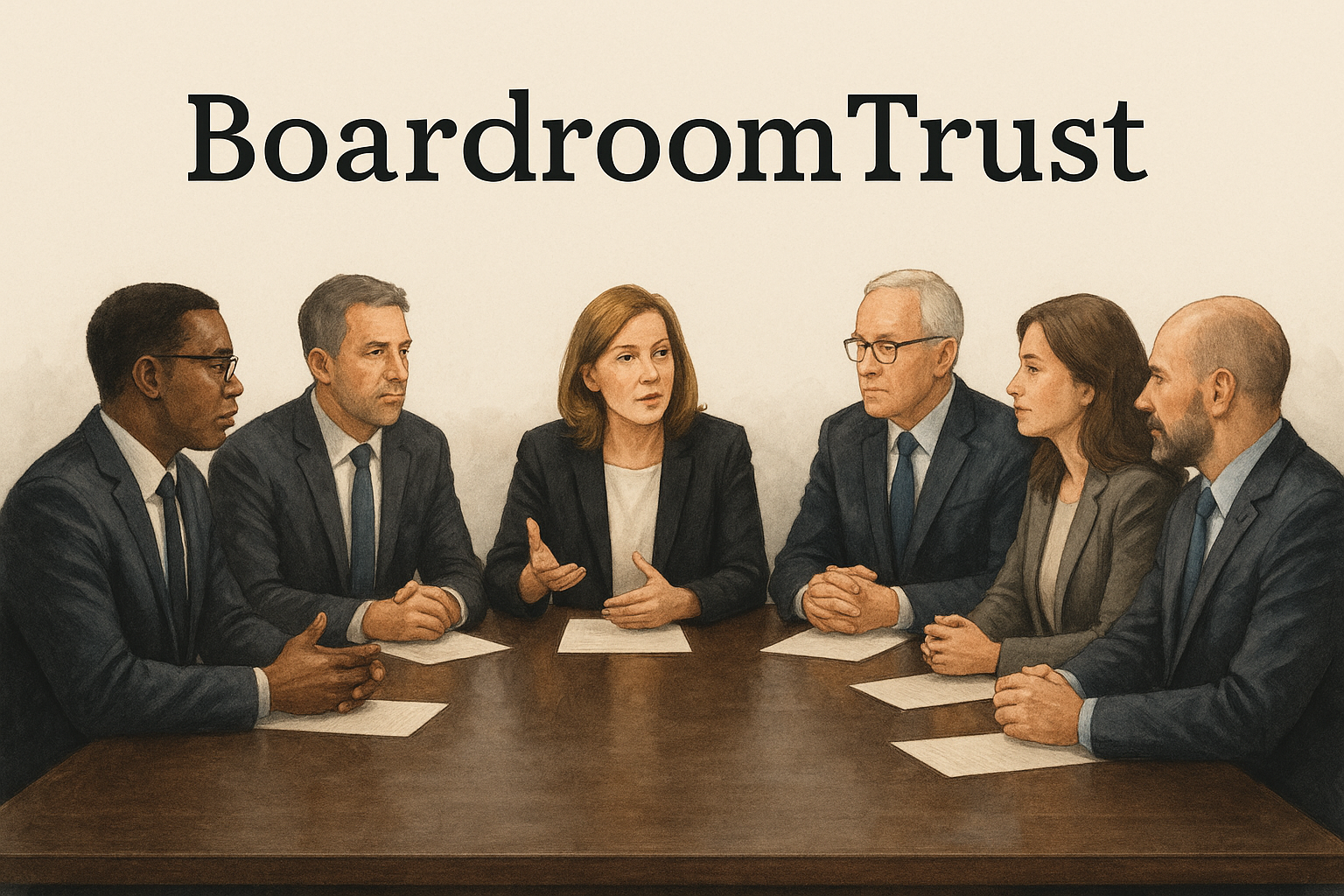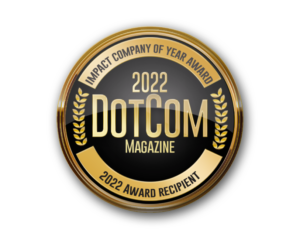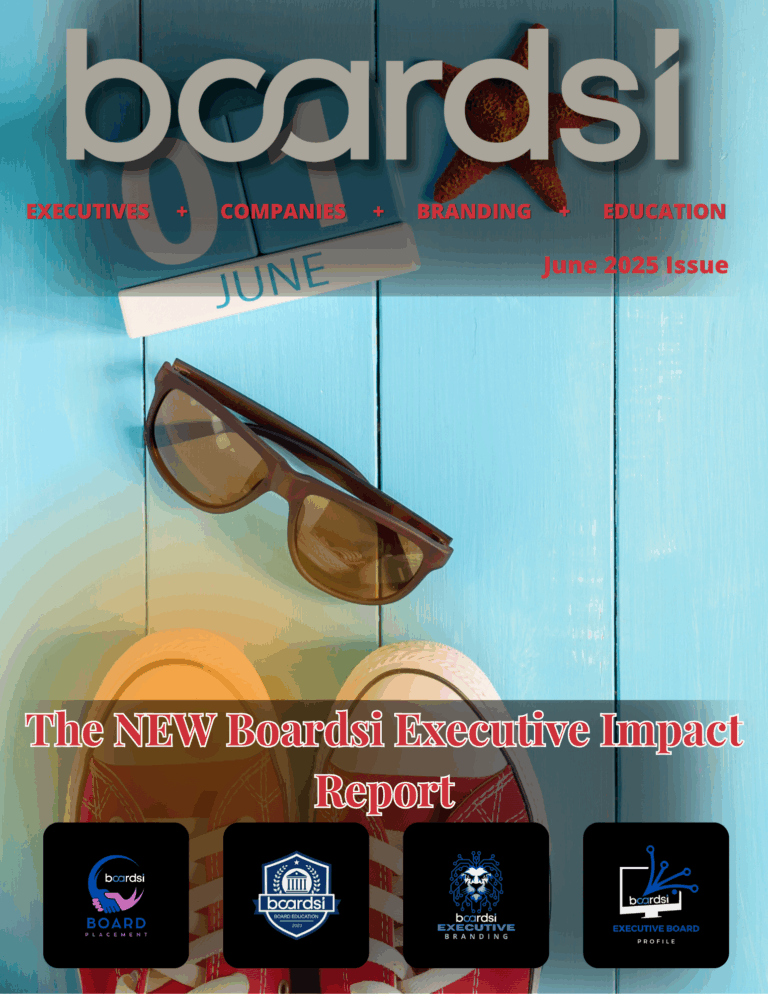In today’s complex, stakeholder-driven environment, leadership is no longer about control—it’s about influence. While authority may come with the corner office, true executive influence must be earned. It is the multiplier that turns vision into alignment, strategy into execution, and culture into competitive advantage.
Executives today face an evolved mandate. Shareholders expect performance, employees demand purpose, and markets reward agility. Amid this dynamic, influence is not soft power. It’s the strategic lever of those who understand that trust, clarity, and credibility drive results.
Here’s what the most influential executives get right—and how others can follow.
1. Influence Begins with Internal Clarity
Executives who influence effectively start by leading themselves. They are aligned internally—anchored by core values, emotionally grounded, and clear on the “why” behind the strategy. This self-clarity enables outward consistency. And in an era where skepticism is high, consistency builds trust.
Before leaders influence teams or boards, they must examine their own integrity. Are their decisions aligned with their professed values? Do they show up with coherence in both pressure and praise? Influence begins with being trustworthy—not just strategic.
2. They Translate Strategy into Story
High-impact executives know that spreadsheets don’t inspire people—stories do.
Influential leaders act as translators, turning corporate strategy into a compelling narrative that connects to employees’ sense of purpose. Instead of pushing priorities, they pull people in with clarity. Instead of using authority to drive compliance, they use belief to generate commitment.
In a decentralized, hybrid world, cascading influence is not about cascading directives—it’s about cascading meaning.
3. They Build Coalitions, Not Echo Chambers
Influential executives rarely operate in isolation. They identify key stakeholders across the org chart and intentionally build trust with cross-functional allies. They engage early, listen often, and operate with transparency. That’s how they generate both political capital and cultural alignment.
Importantly, they surround themselves not with “yes people,” but with truth-tellers. Influence without challenge leads to blind spots. The best executives engineer feedback loops that sharpen their message and strengthen their reach.
4. They Operationalize Influence into Systems
Culture doesn’t scale on charisma—it scales on systems.
Influential executives institutionalize their leadership philosophy into operating norms, incentive structures, communication rhythms, and talent decisions. They ensure that influence is not dependent on their presence, but embedded into how the organization behaves.
This means the most influential executives are often behind the scenes—not in the spotlight—enabling others, equipping leaders, and aligning systems with strategy.
5. They Know Influence Is Measured in Outcomes, Not Optics
Influence isn’t how often you speak. It’s how much changes after you do.
While some leaders rely on visibility to convey relevance, influential executives understand that true impact is seen in decisions made, ideas adopted, and momentum generated. They are less interested in being the face of every initiative and more focused on ensuring traction behind the scenes.
Their power comes not from presence—but from impact.
The Bottom Line
Executive influence is no longer a soft skill. It is a core competency.
It determines how fast an organization adapts, how deeply a culture takes root, and how sustainably strategy scales. In a world where leaders must do more with less—less control, less certainty, less face time—those who master influence become the architects of resilient, high-performance enterprises.
In the end, executive influence is not about command. It’s about conviction, connection, and culture-building at scale.
That’s not just good leadership. That’s executive-level strategy.
#ExecutiveLeadership,#Influence,#StrategicLeadership,#CultureMatters,#LeadershipDevelopment,#TrustAndCredibility,#ForbesStyle,#BusinessInfluence,#HighPerformanceLeadership,#LeadershipStrategy









